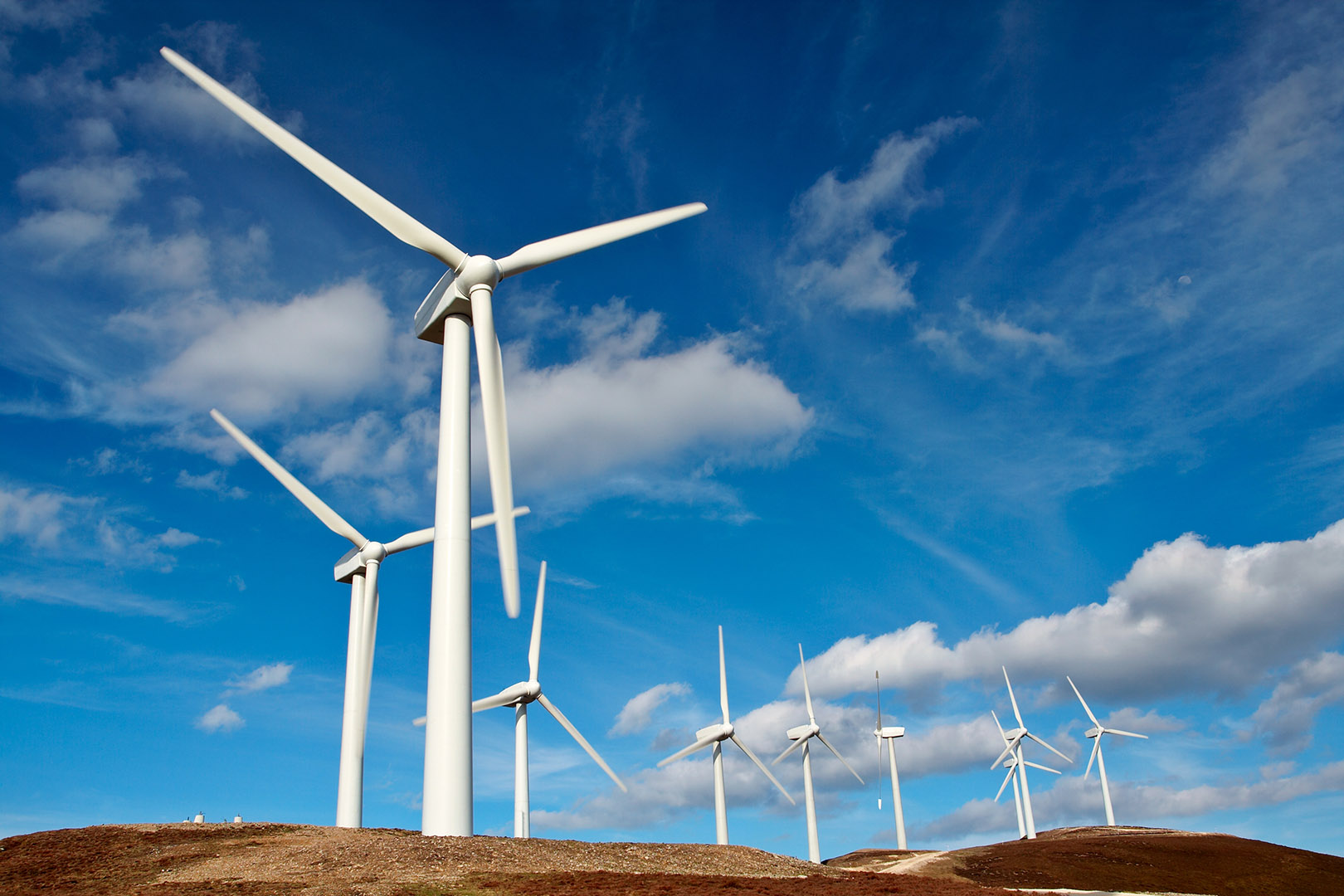The Chokecherry and Sierra Madre Wind Energy project is a US$5 billion wind farm currently under construction in Rawlins, Wyoming. It is anticipated to grow to be one of the largest wind farms in the world. Furthermore, it will be the largest wind farm in the United States if it is completed as planned in 2026. The project is being developed alongside the TransWest Express transmission line. This will bring power to the California market and is mostly situated on public grounds. The aim was originally set for completion in 2020, but due to permitting, environmental, and construction delays, it was pushed back to 2026 in 2019. The projects delay is hampering Wyoming’s quest for renewable energy development. In addition to this on 22nd Septmeber the county commissioners in Laramie voted to shutdown the 650MW Laramie Range Wind Project further discouraging developers of renewable energy.
The $5 billion Chokecherry and Sierra Madre Wind Energy Project is being developed by Power Company of Wyoming LLC and is located south of Sinclair and Rawlins in Carbon County. The project will install about 600 turbines rated 4–6 MW each in two 1,500 MW phases, totaling over 3,000 MW of capacity. It will supply clean power to roughly one million homes, reduce CO₂ emissions by 7–11 million tons annually, and generate substantial jobs, tax revenue, and economic benefits for the region.
Also Read: Funding secured for construction of new Riverton Hospital in Wyoming
Around 2005, the Power Company of Wyoming (PCW) started preparing property owned by The Overland Trail Ranch in Carbon County, Wyoming, a former coal mining region, for the installation of about 1,000 wind turbines.
To evaluate and confirm the availability of wind resources in the selected location, PCW constructed 10 test turbines in 2007. In using its significant wind resources, Wyoming is following in the footsteps of Iowa, Kansas, Oklahoma, and Texas with this project.
Generation capacity of Chokecherry and Sierra Madre Wind Energy Project
The Chokecherry and Sierra Madre Wind Energy Project is expected to generate between 2,000 and 3,000 megawatts (MW) of power. Additionally, it has a projected project life of 30 years. By the time construction is finished, there will be roughly 1,000 wind turbines, taking up about 0.5% (1,500 out of 320,000 acres) on a ranch that is so big that it crosses the Continental Divide.
Phase I of the wind farm was supposed to be developed between 2016 and 2019. Phase II was supposed to be built between 2022 and 2023. The wind farm was expected to be finished by 2026 as of 2019. A transmission line will be built to service California. By 2030, it might help that state meet its renewable energy goals.
Wyoming’s wind increases throughout the day, coinciding with consumption since peak demand occurs in the late afternoon, although winds in Texas and Iowa frequently blow at night. Class 7 winds are present, and the wind capacity factor is approximately 46%. 6 TWh of annual energy production is anticipated from the 1,500 MW initial phase. Since daytime winds would make it challenging to erect the turbines, PCW intends to do so at night.


